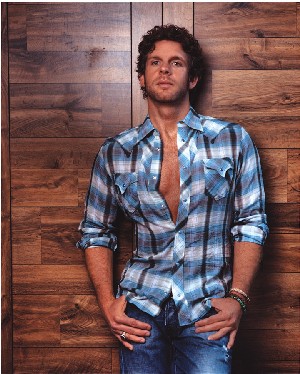It’s time for an album sales update, our first since May 23. Brad Paisley is off to a strong start with American Saturday Night, selling 130k in its first week. That’s about 70k less than his previous two studio albums – Time Well Wasted and 5th Gear – opened with, but not a terrible drop-off, considering the state of the music market.
Meanwhile, the new studio albums by Rascal Flatts and Keith Urban are slowing down considerably, now being outpaced on a weekly basis by 2008 releases by Taylor Swift, Zac Brown Band, Darius Rucker and Lady Antebellum.
Among younger acts with a new album in 2009, the most impressive sales are coming from Jason Aldean, while 2008 releases from Kellie Pickler, Billy Currington, and Randy Houser are showing new signs of life.
Biggest disappointments? It’s hard not to look in the direction of Martina McBride, who has barely cleared the 100k mark on her new studio set. Lee Ann Womack’s 2008 set just made it over that mark, too. Then again, one only needs to have sold 455 copies to make the chart this week, with the anchor position going to Wynonna with that total. Her covers album Sing – Chapter 1 has sold 41k to date.
Here are the latest totals for albums released over the past three years that are still charting:
2009
- Rascal Flatts, Unstoppable – 842,000
- Keith Urban, Defying Gravity – 452,000
- Jason Aldean, Wide Open – 384,000
- Kenny Chesney, Greatest Hits II – 281,000
- Dierks Bentley, Feel That Fire – 219,000
- Martina McBride, Shine – 104,000
- John Rich, Son of a Preacher Man – 103,000
- Eric Church, Carolina – 94,000
- Rodney Atkins, It’s America – 88,000
- Jake Owen, Easy Does It – 81,000

 It’s always disappointing when a good song is tainted by mundane lyrics, and I fear that’s the case with “That’s How Country Boys Roll.” Like most of Currington’s singles, the song –lyrics aside– is charming and endearing, and the vocal performance rich and distinct.
It’s always disappointing when a good song is tainted by mundane lyrics, and I fear that’s the case with “That’s How Country Boys Roll.” Like most of Currington’s singles, the song –lyrics aside– is charming and endearing, and the vocal performance rich and distinct.
 Katie Cook has been a staple on Country Music Television since 2002, hosting various series and specials such as CMT Most Wanted Live, the MWL concert series, MWL Star, MWL Stacked and the popular weekly entertainment magazine show, CMT Insider.
Katie Cook has been a staple on Country Music Television since 2002, hosting various series and specials such as CMT Most Wanted Live, the MWL concert series, MWL Star, MWL Stacked and the popular weekly entertainment magazine show, CMT Insider.